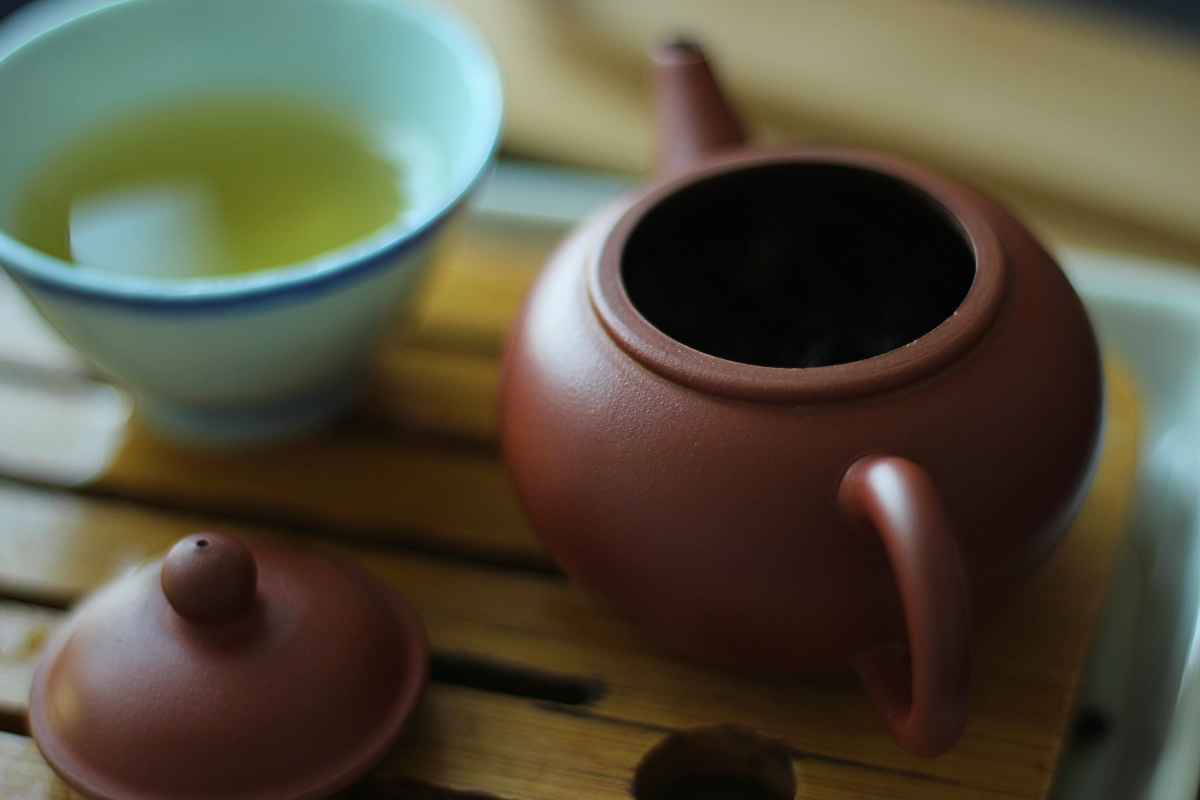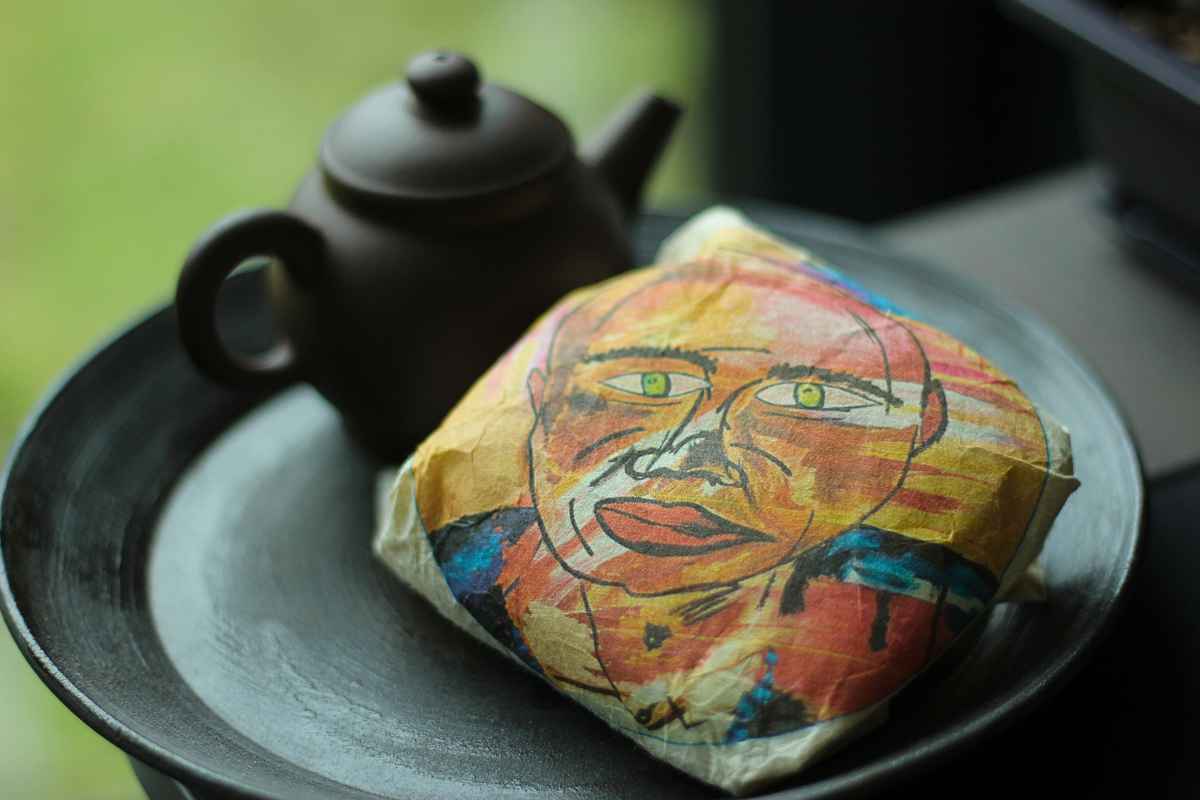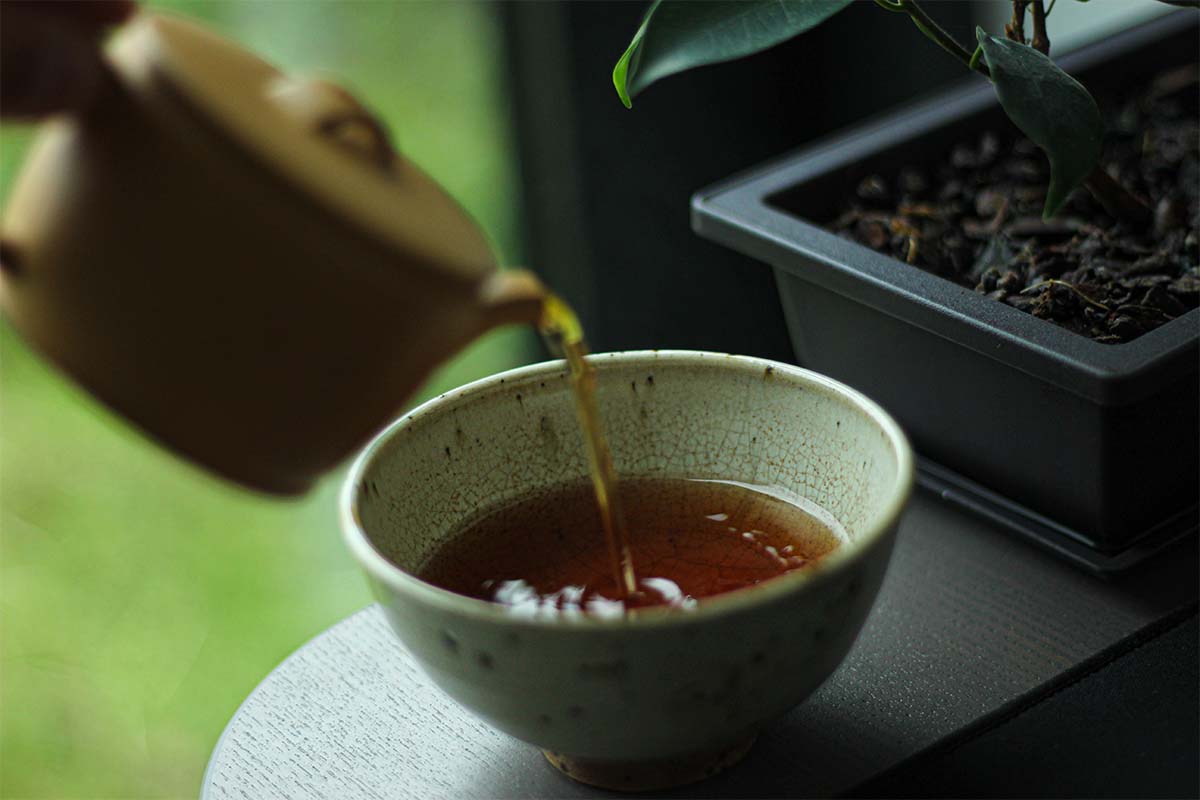The weather is really hot this week in Belgium so I wanted to try something fresh with a certain complexity and depth to it. I still have a lot of unused samples from Curious Tea’s monthly subscription and one of those samples is the Wen Shan Bao Zhong (文山包種茶) oolong tea. It’s a very light oolong tea with the freshness of a green tea. In other words, it’s the perfect tea to survive the current heatwave.
Perhaps the most famous oolong tea is Dong Ding from Taiwan. I recently wrote an article about this tea so you know what the fuss is about. You can read it here.
Wen Shan Bao Zhong
The Wen Shan Bao Zhong oolong tea (also known as Pouchong in English) is a green oolong tea from Wen Shan. This tea producing region is located in the New Taipei City municipality in the North of the country, as you can see on the map. The tea plantation itself is located at an altitude of around 800m. So the location explains the ‘Wen Shan’ part of the name. Bao Zhong simply refers to an old tradition during tea production. This practice involved wrapping the tea in paper during production. This is not something that is still happening today but the name is still used to talk about this tea.
This tea is popular both in the East and West. It has even won a Great Taste Award in 2017. The remarkable thing about this tea is that it undergoes only very light oxidation (around 10-15%). That is partly why some people might classify this tea as a green tea. The other reason is the shape of the leaves, as you will see in a bit. I have high hopes for this tea as it is made from the Qing Xin cultivar. You could say I’m a bit of a fan of this cultivar. A final aspect worth noting is that this tea is completely picked by hand to preserve the unusual shape of the leaves.
The dry leaves have green and darker green colours. They are very long and twisted, which is unusual for a lightly oxidised oolong. The smell makes my mouth water! It’s both floral and fruity; notes of sweet melon in particular.
Once the leaves are wet, the true size becomes visible; they are truly massive! I’m seeing all kinds of shapes: whole leaves, pieces of leaves, stalks, … It’s a mixture of everything. The aroma is lightly floral.
Tea Tasting
- Water 80°C
- 6.8g of tea for a 135ml Yixing teapot
- 1 rinse
- 6 infusions
Infusions
1st infusion (15 sec): the colour of this infusion is light yellow and greenish while the smell is really floral. It has a fresh taste in combination with a floral creaminess. You can feel that a contrast is starting to emerge. During this infusion, it’s the fresher notes that are more dominant. It’s easy to drink as it has pleasant and soft flavours; no sharp edges and a certain sweetness in the aftertaste.
2nd infusion (20 sec): the colour is a bit darker yellow now. Still a combination of floral creaminess and some greener, fresher notes. The combination is just about right. Now it’s the floral creaminess that is more prominent.
3rd infusion (25 sec): more or less the same as infusion two. The main difference is that the fresher and green flavours are more dominant again. There seems to be a shift in dominance every infusion.
4th infusion (30 sec): there are definitely no green tints anymore in the colour of the liquor. It’s more floral now in the beginning but shifts towards more verdant notes towards the finish and during the aftertaste.
5th infusion (35 sec): it’s just floral notes now without the creaminess from the earlier infusions. The verdant flavours seem to have almost disappeared and I’m also noticing a light astringency after swallowing.
6th infusion (40 sec): floral notes are still at play but not as intense anymore. Not really experiencing any verdant flavours and less astringent than the previous infusion.
Curious to find out more about unsmoked Lapsang Souchong teas? I tasted three of white2tea’s unsmoked Lapsangs during a session last week. You can read my detailed notes here.
Conclusion
This is a fantastic tea. It’s like a crossbreed between a floral oolong and a fresh green tea. The interplay of these elements works perfectly for me. It offers the best of both worlds and I can see why this tea won a Great Taste Award. Floral notes and verdant flavours take turns to appear and this ‘game’ is just right. During the earlier infusions, the floral notes were creamy while the later infusions were just floral without any significant creaminess.
Interested in buying this delicious oolong tea? Visit Curious Tea’s online shop. Or you can even subscribe to get new teas in your letterbox every month!




